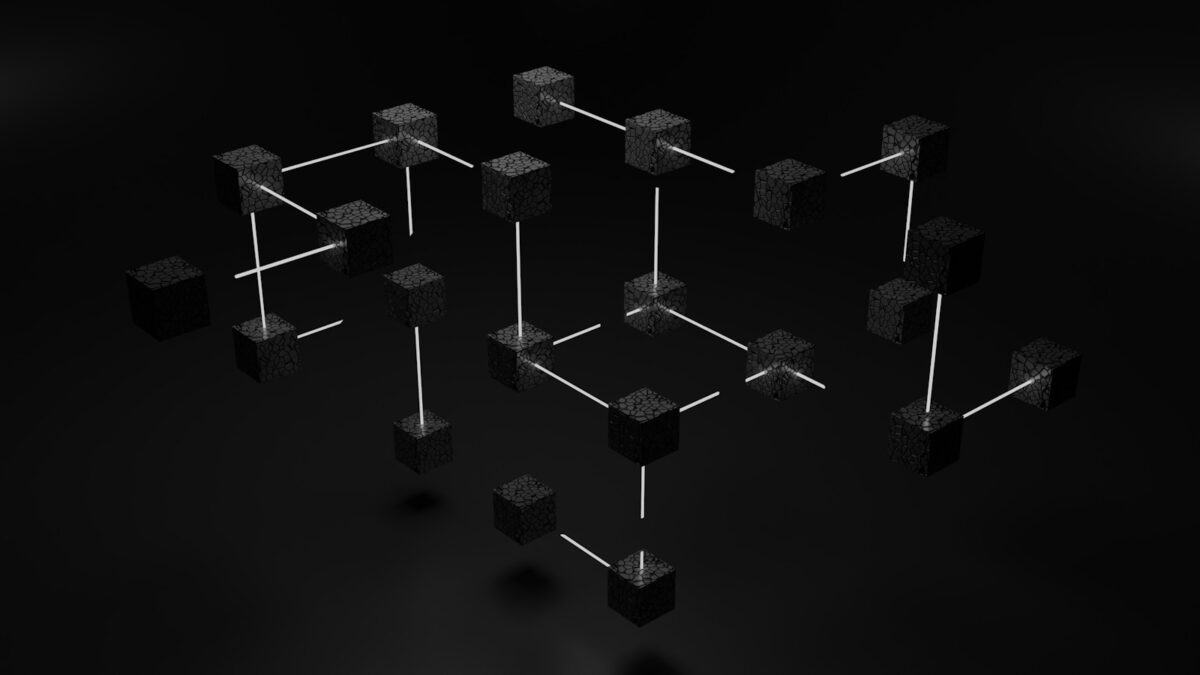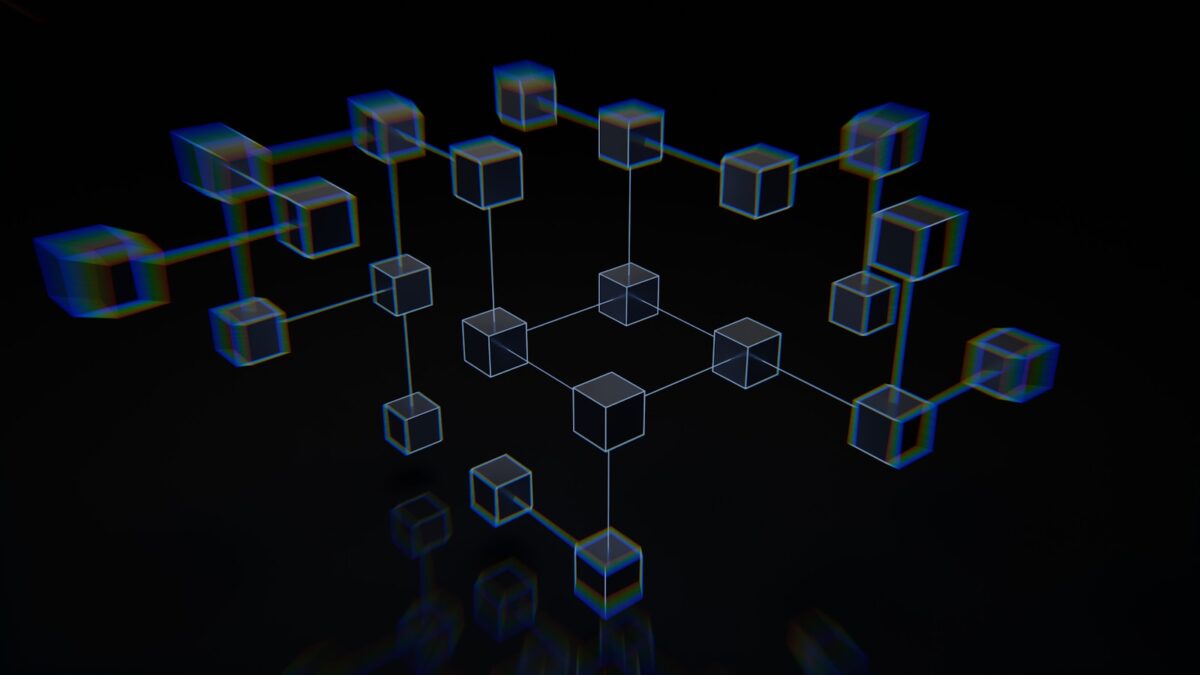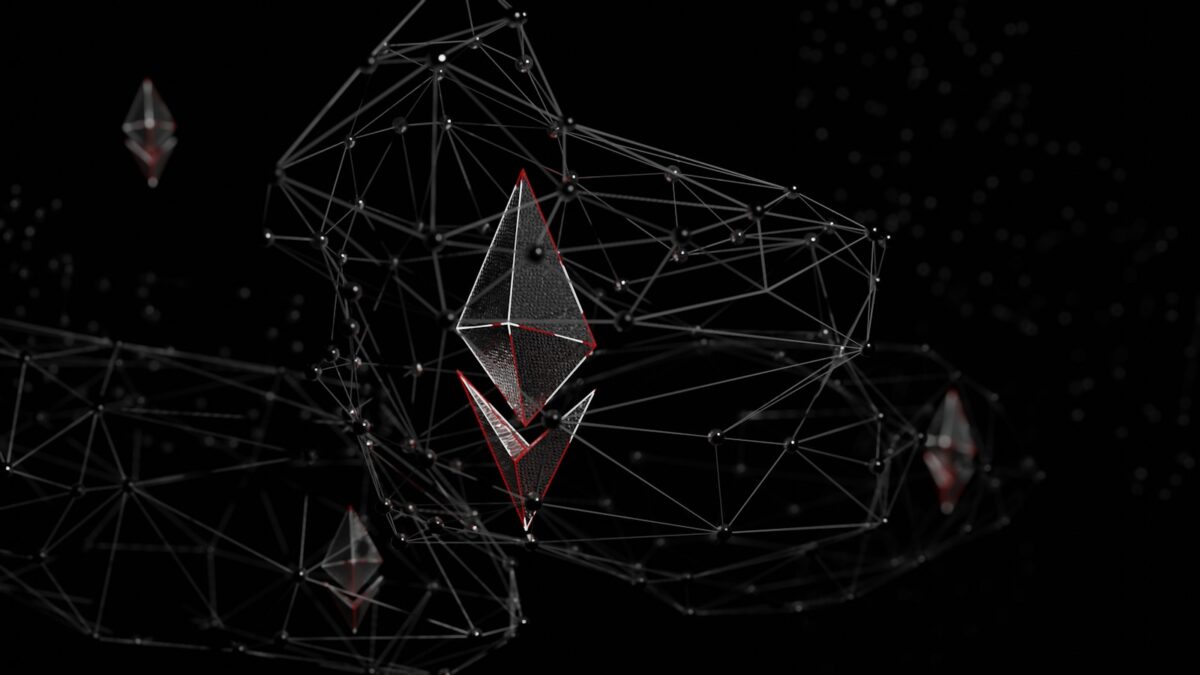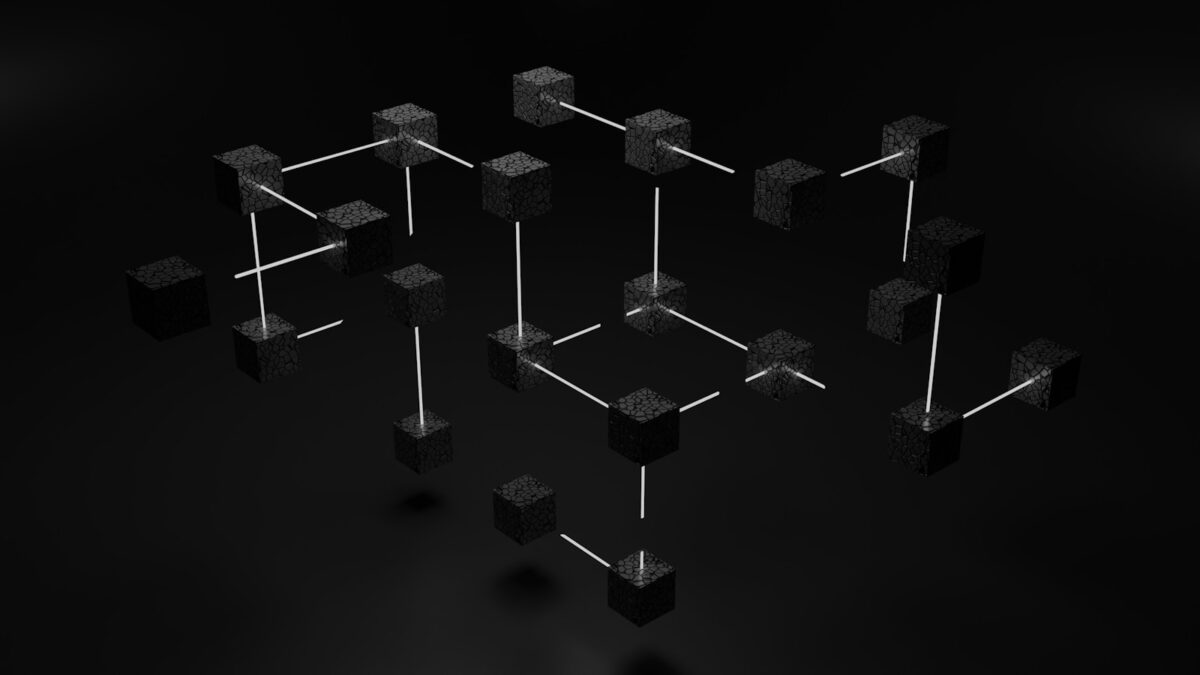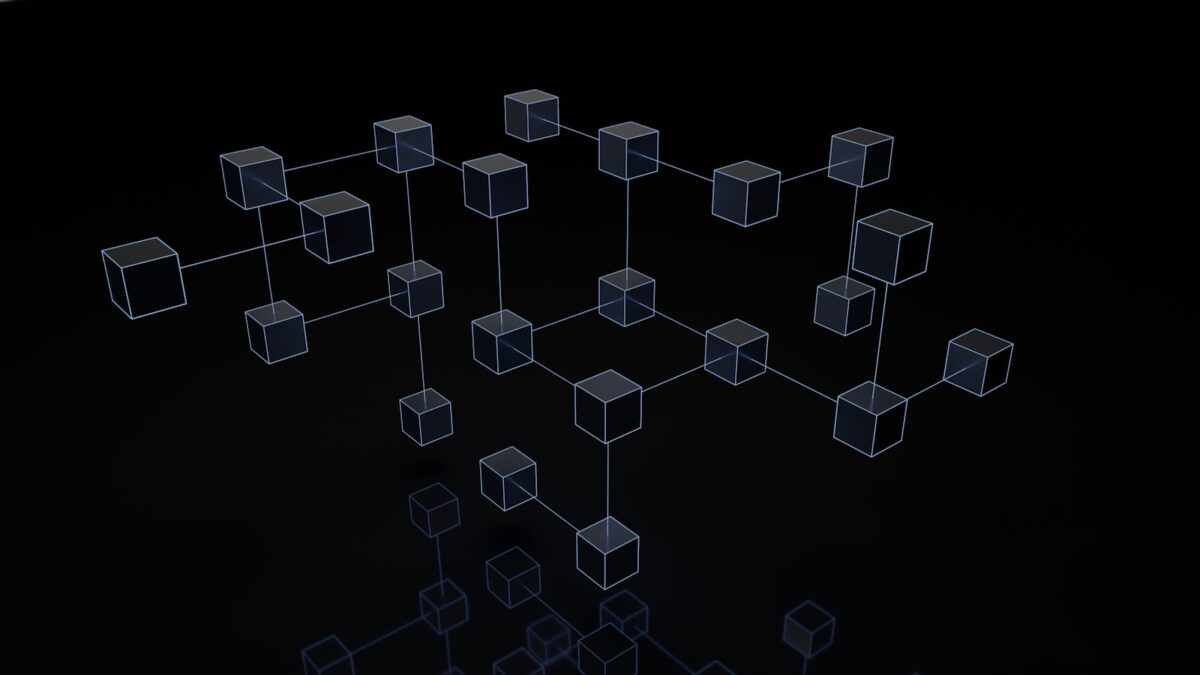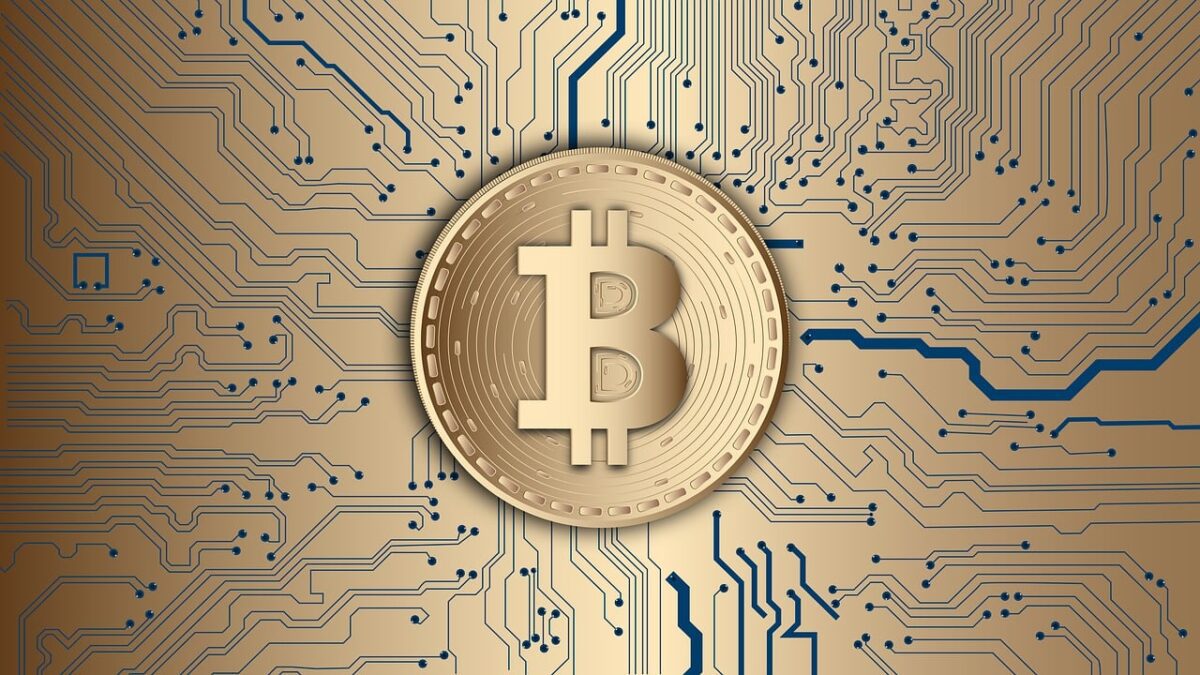Blockchain rollup technology
Rollups significantly improve transaction throughput on Ethereum by bundling multiple operations off-chain and submitting succinct proofs or aggregated data back to the mainnet. This approach reduces congestion, lowers gas cost, and boosts network efficiency. Both optimistic and zk-rollup variants offer distinct trade-offs in validation speed and security assumptions. Optimistic rollups assume transactions are valid by […]

